Hitachi S-450 Scanning Electron Microscope made somewhere around 1981. Has EDS (Not currently installed.). Cost in 1982, $120,000. Diffusion pumped, thermionic emisson.
Hitachi S-450 Scanning Electron Microscope
Getting an old (1980s) SEM running and adding digital capture
 Jerry Biehler
Jerry Biehler
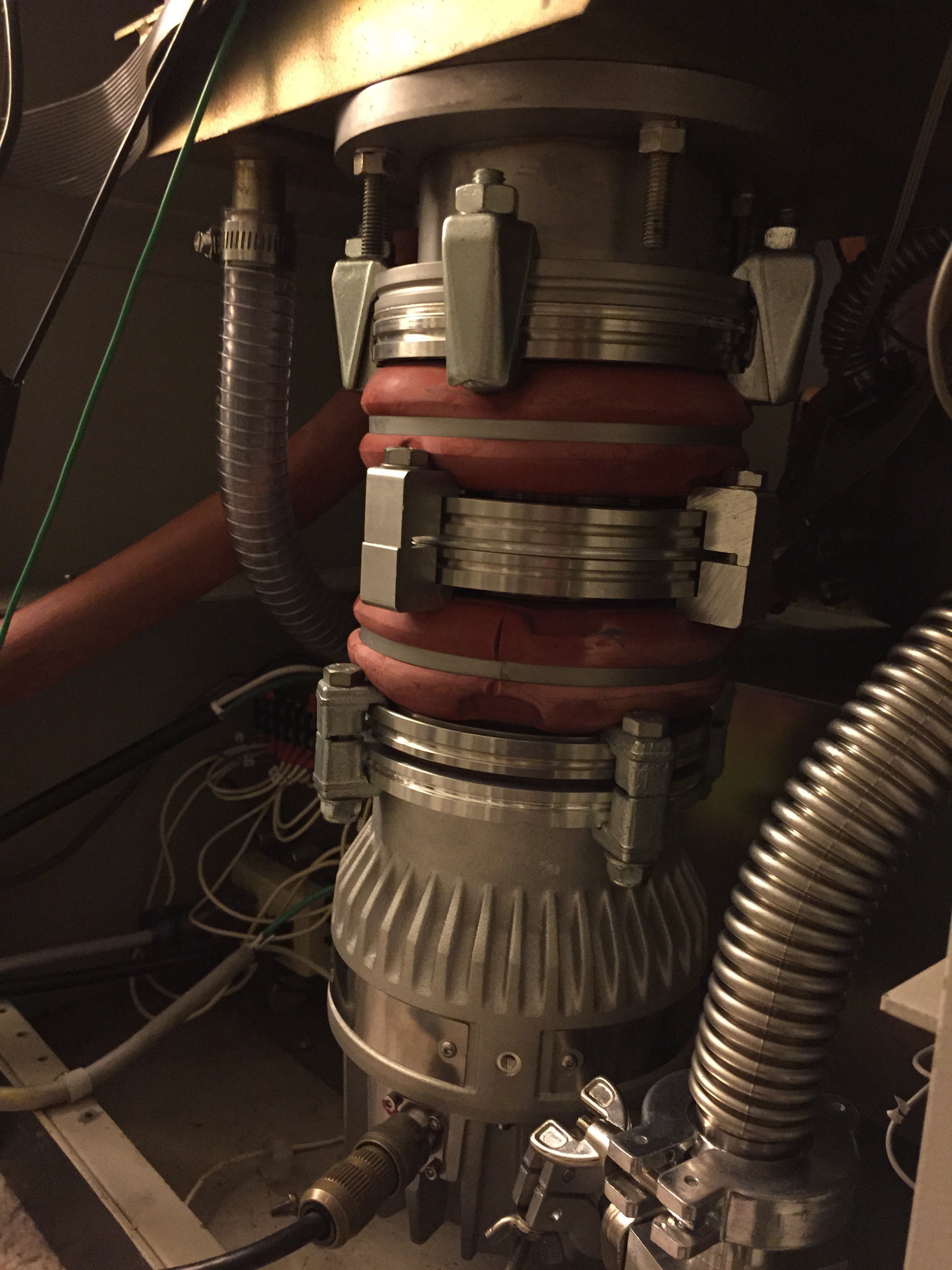
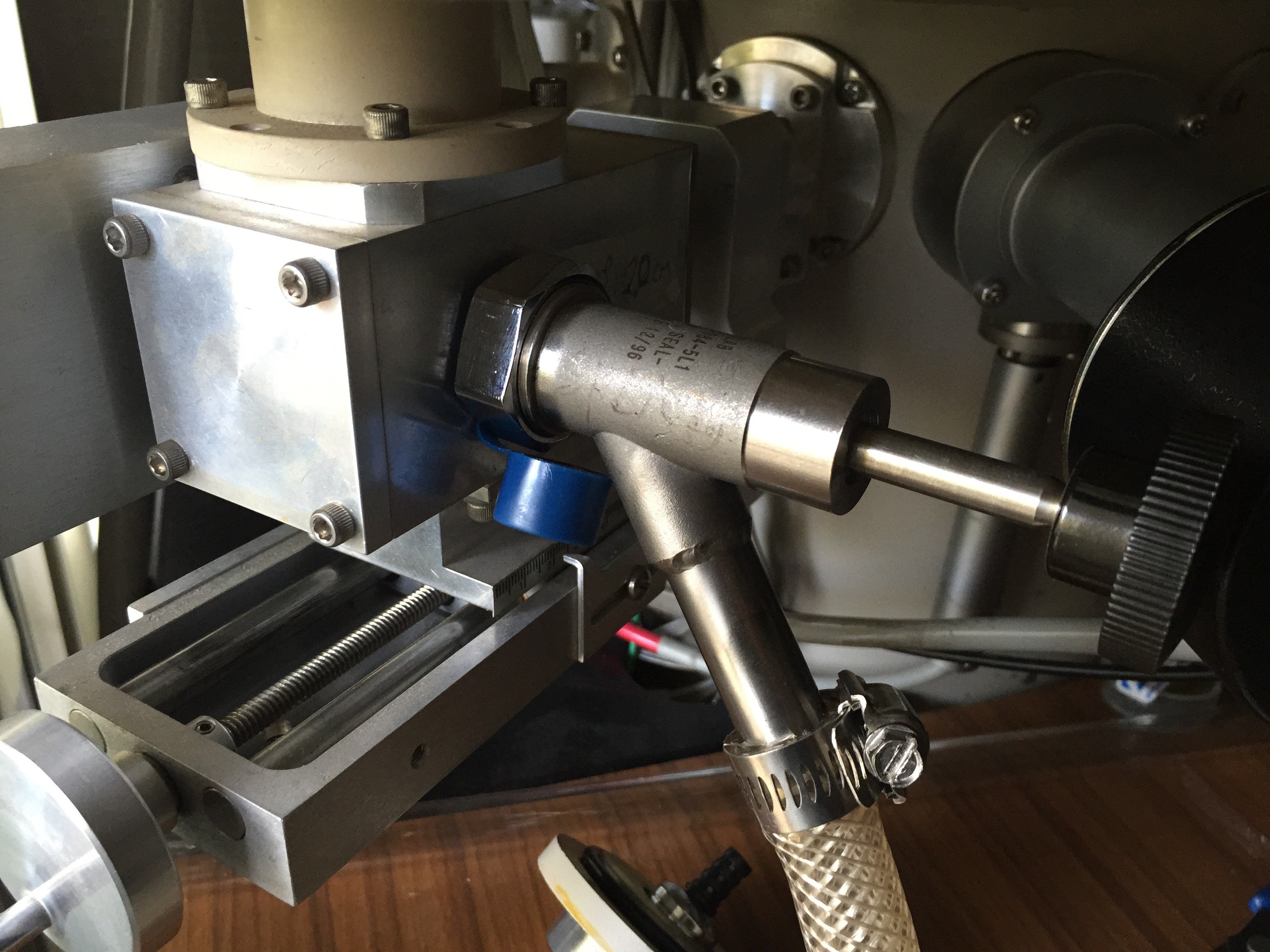



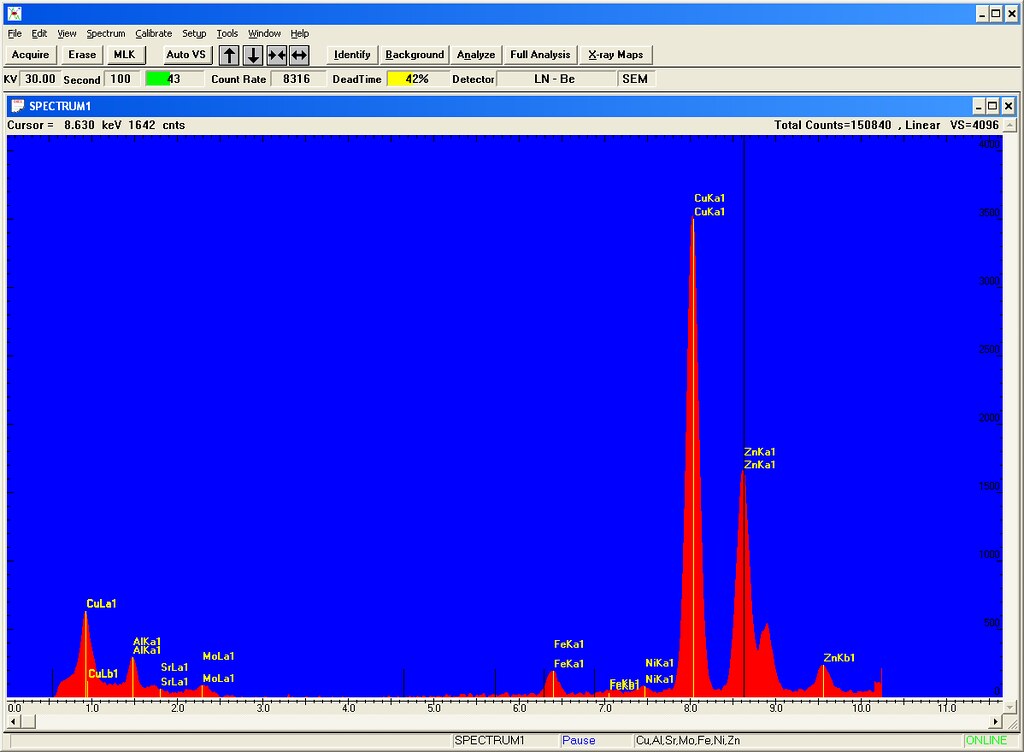
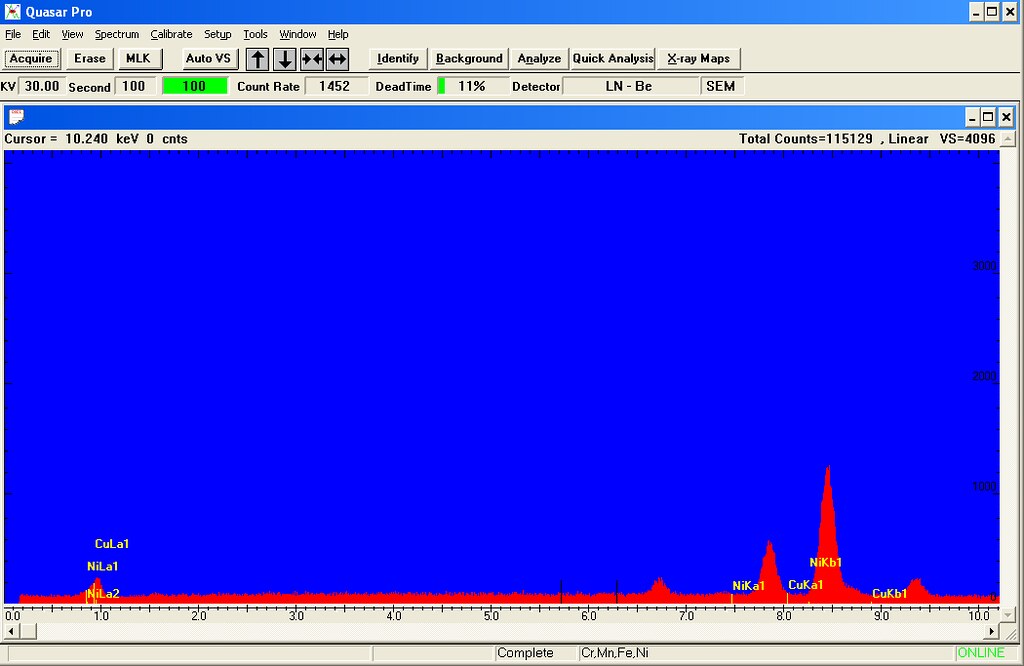
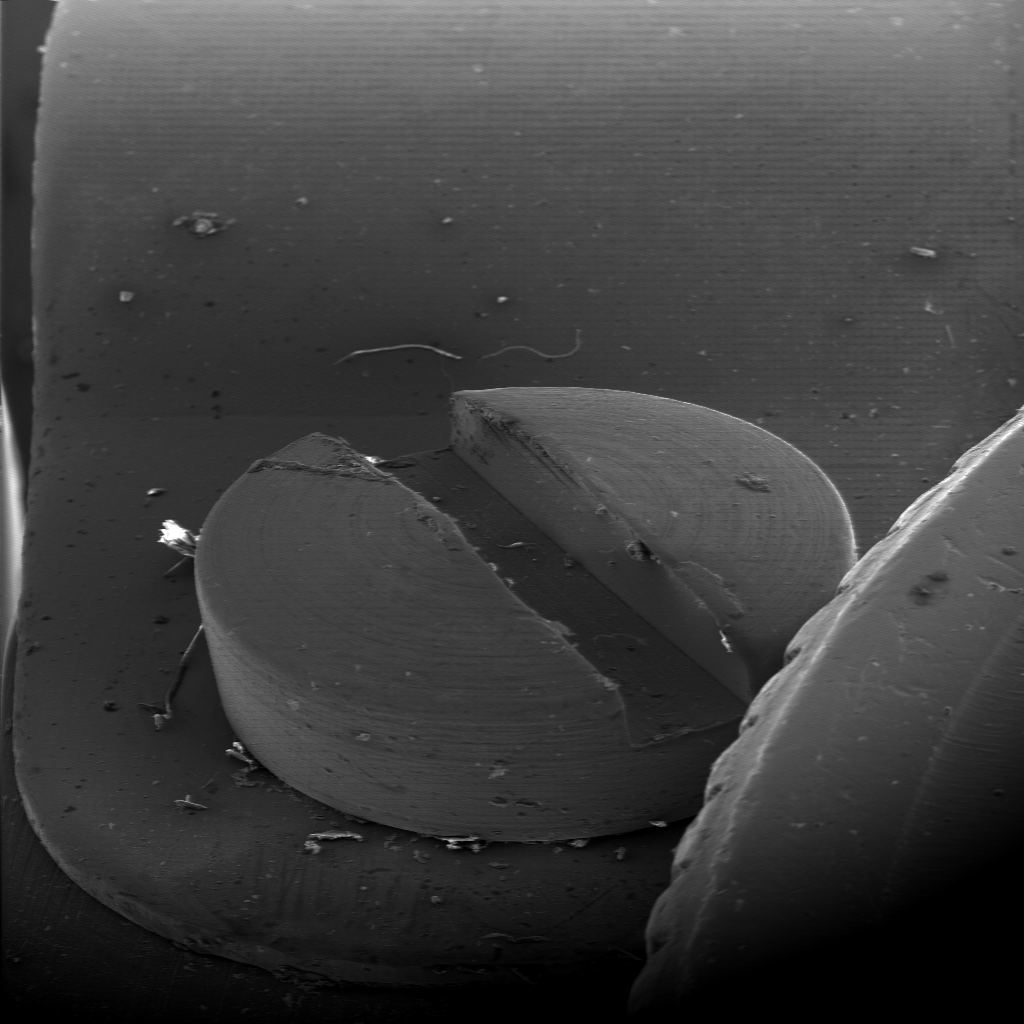
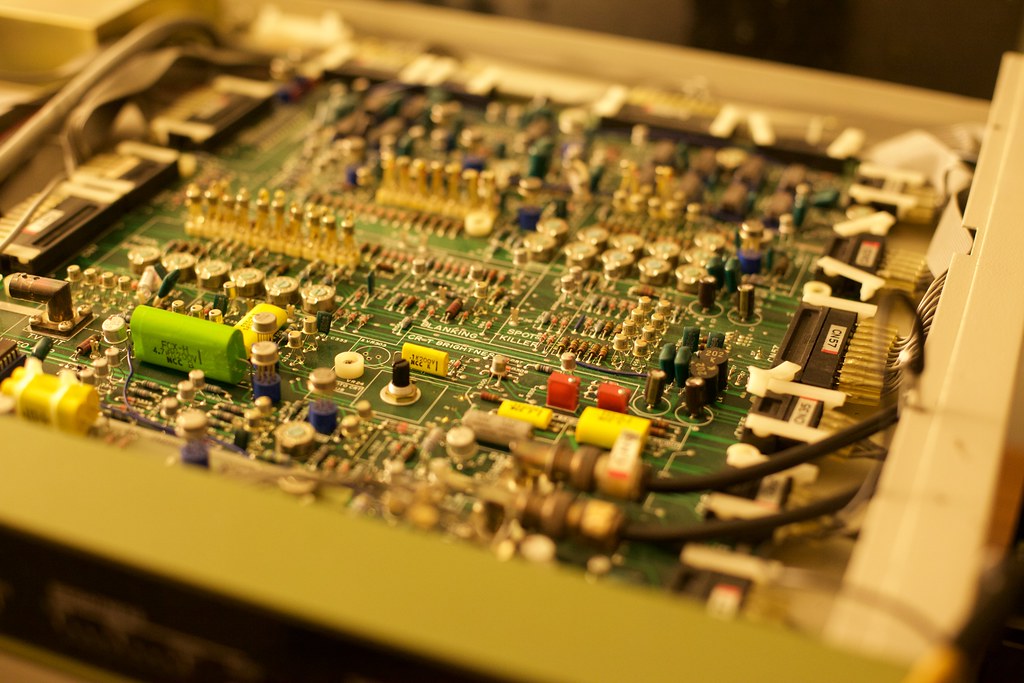


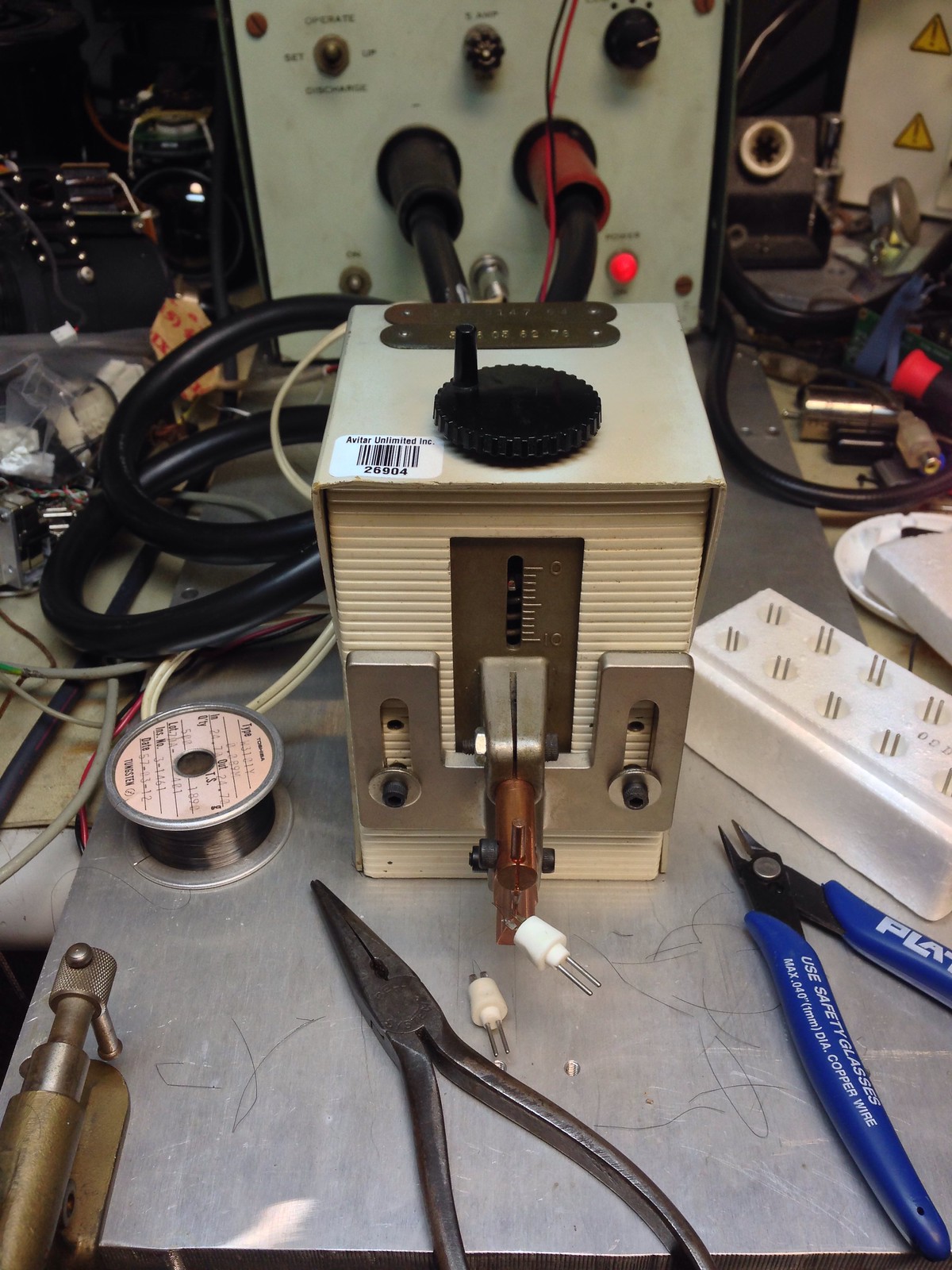
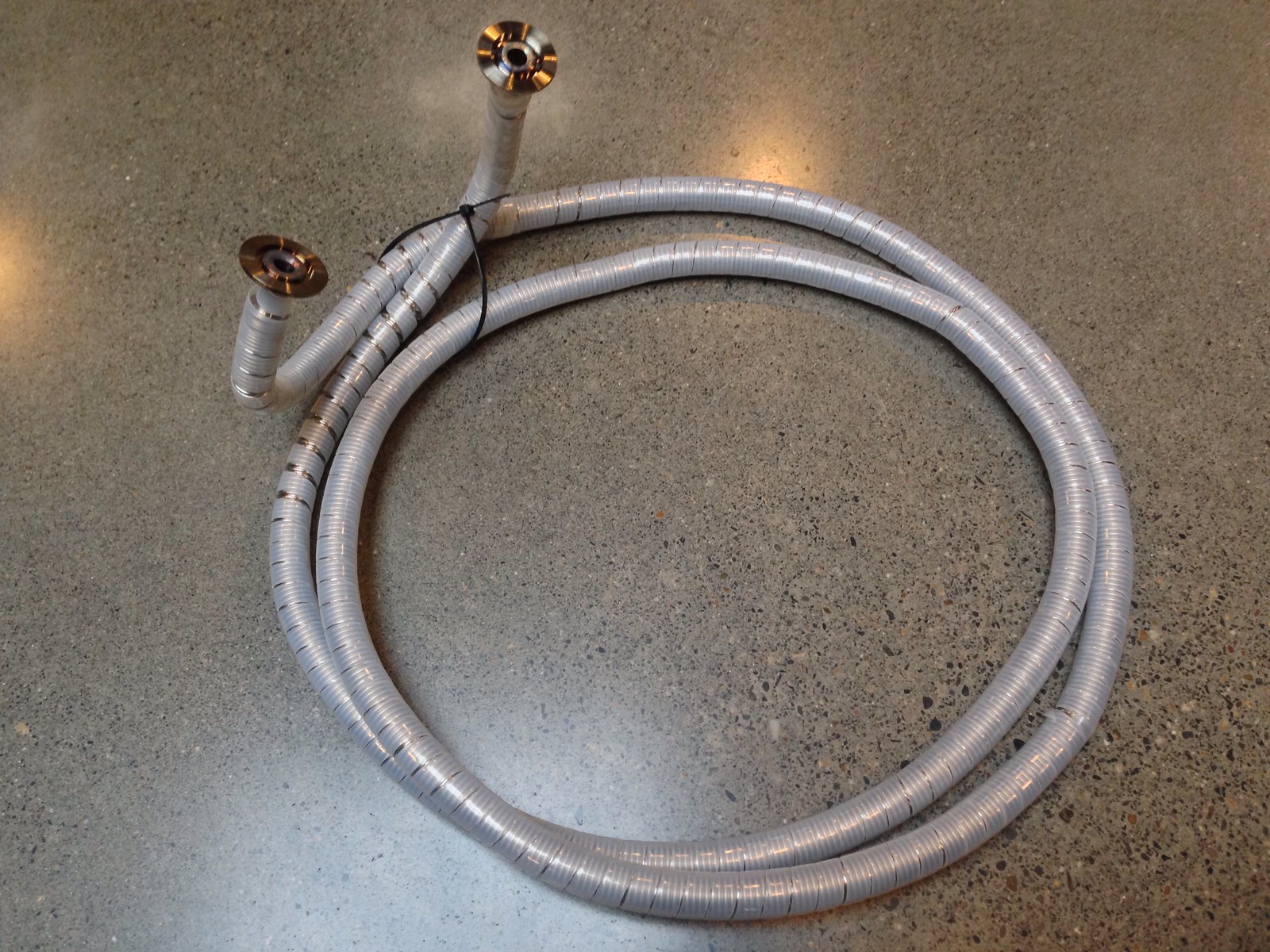

Your effort is amazing. I have learned a great deal from this venture. I would like to share it with the Fiverr Gig Ranking crew so they can peruse it and incorporate new ideas into our current endeavors.